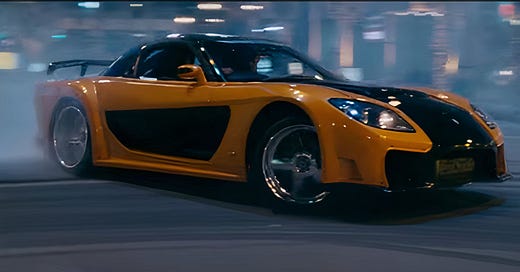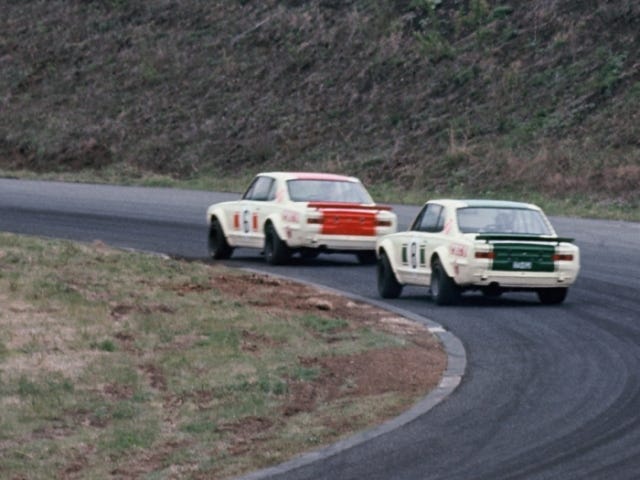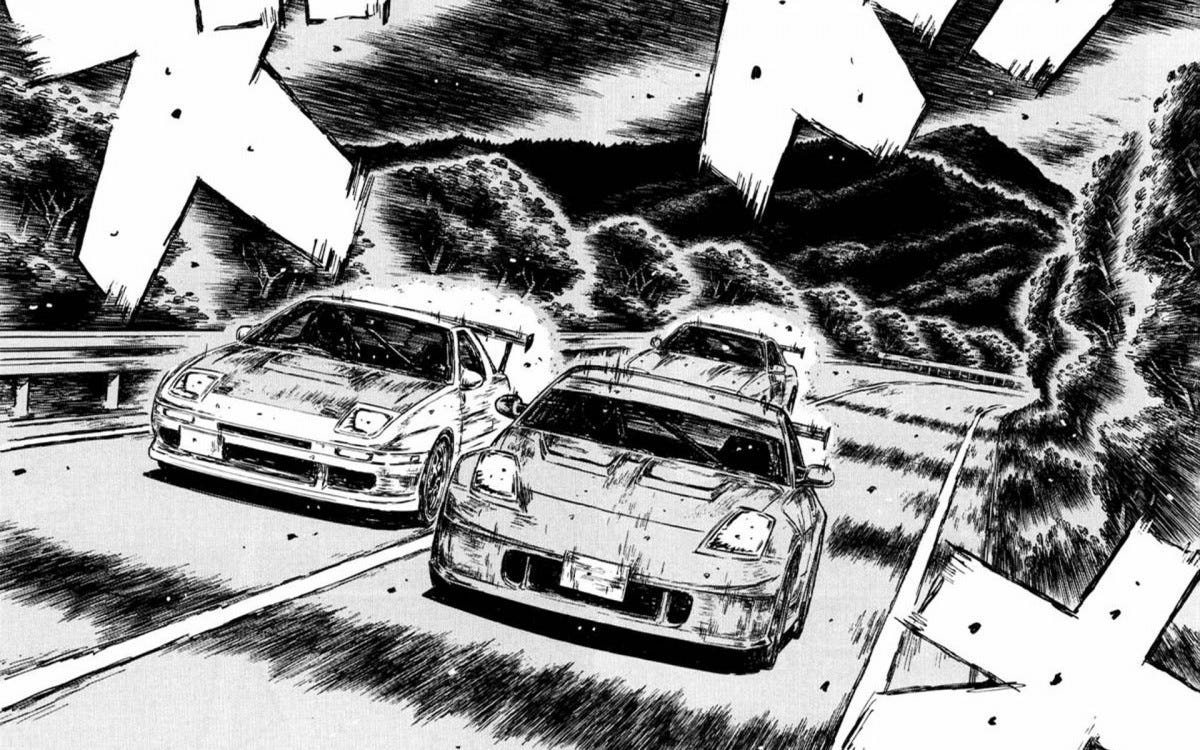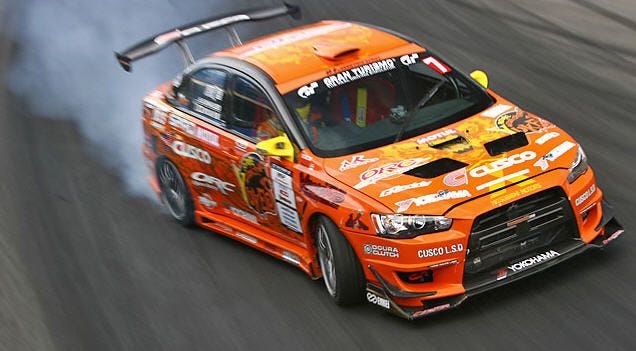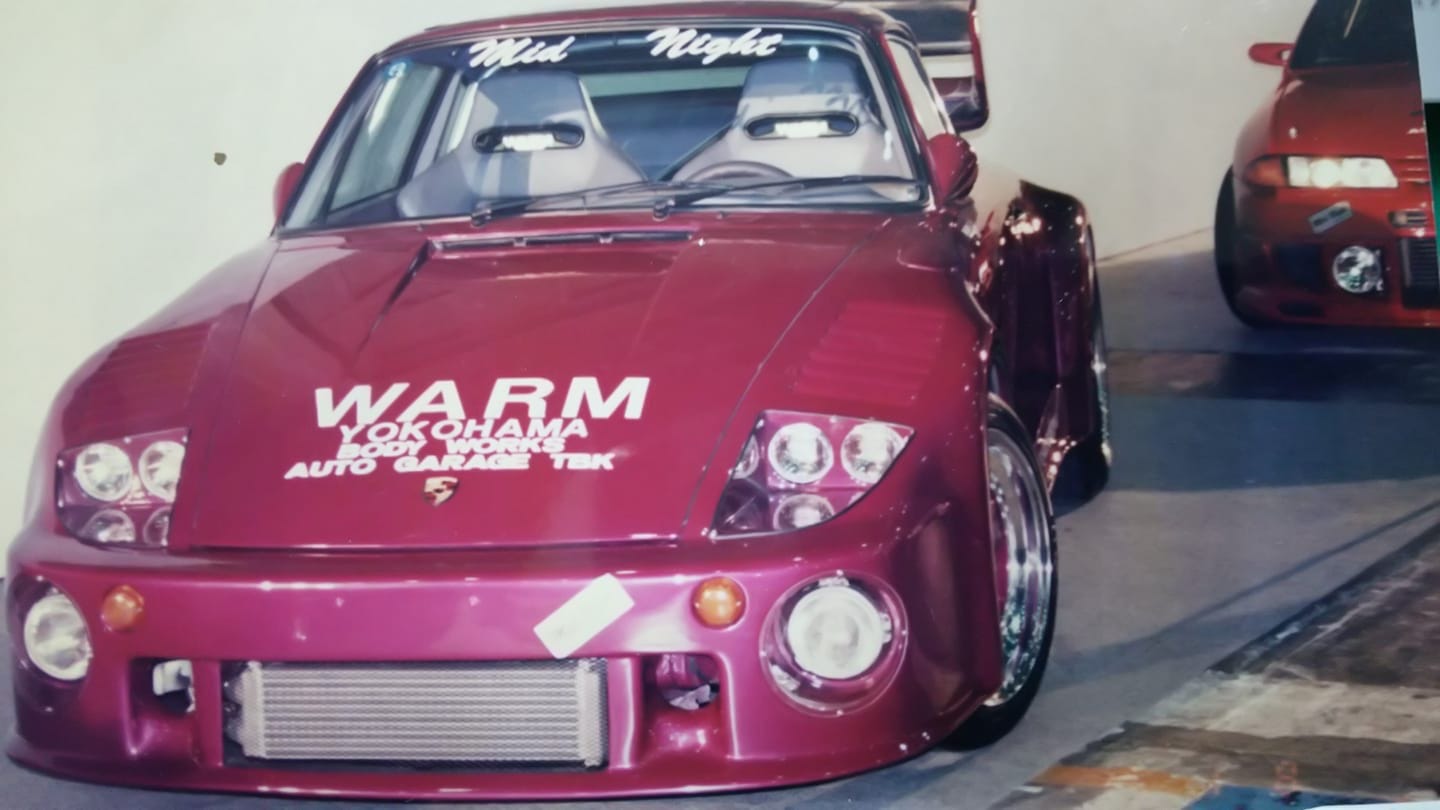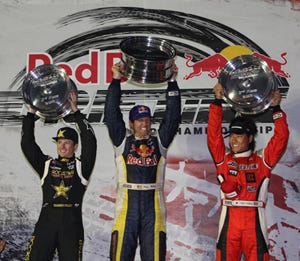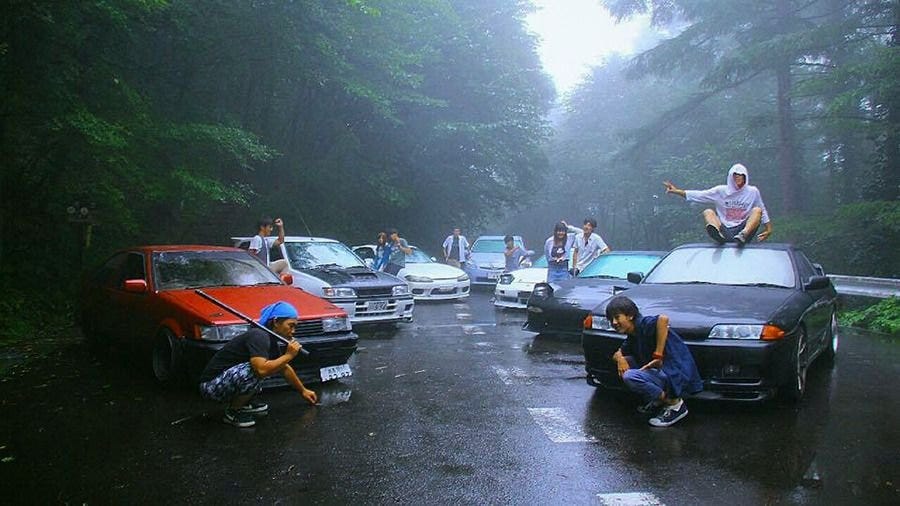The phrase “Tokyo Drift” reminds us of Lucas Black (Sean Boswell) and his red Lancer Evo IX or Sung Kang’s (Han Lue) Orange and Black 1997 Mazda RX-7 FD. It also reminds us of neon lights, incredible car scenes, and, of course, drifting. However, this movie is not what started the drift scene in Japan. Japan has a rich history with the street car scene and drifting.
(Han Lue’s 1997 Mazda RX-7 FD as seen in “Tokyo Drift”)
The Japanese drift scene began in the 1970s. The technique started with a Japanese driver, Kunimitsu Takahashi—a notorious driver in the “touge” driving scene. Togue driving is similar to rally in the United States. The word “touge” means “Mountain Pass” in English. Kunimitsu began using slides to “slide” around highspeed, narrow corners. This technique is what started drifting. However, one driver, in particular, would make drifting into a whole sub-culture.
(Kunimitsu Takahashi in his Nissan Skyline touge racing)
The grandfather of drifting inspired many young men, one being Keiichi Tsuchiya. This man would become known as the “drift king.” In the 1980s, Keiichi used Kunimistsu’s “slide technique” but did not use it on mountain roads but on the streets of Japan. He began street racing and drifting and made a name for himself. He grew notoriety on the street for his skills but also started releasing videos of himself drifting, inspiring many to master the technique.
Keiichi Tsuchiya gave the sport a name. However, this one manga-turned-anime catapulted the Japanese Drift scene into popular culture. The manga Initial D was released in the 1990s. The central premise was about a delivery boy who became a prolific drift-racing driver. The anime was released only a handful of years later, in 1998. The show reignited the intrigue of the Japanese Drift scene.
(a panel from the Initial D manga)
The D1 Grand Prix, established in 2000, was one of the first official drifting competitions, riding the wave of popularity. The competition is still being held annually. The first winner in 2000 was The Linglong Tire Drift Team Orange. The format has since changed to where individuals can win the title. Naoki Nakamura is the most recent winner of the D1 Grand Prix. One of the many drivers, Nobushige Kumakubo, is especially renowned. He is known as one of the founding fathers of drifting, but he also was a stunt driver for the movie “Tokyo Drift.” He founded and for Team Orange and made his D1 Grand Prix debut in 2005 in a Nissan Silva. He was not only a legendary drift driver but a name the sport will never forget as he built the infamous Ebisu Circuit.
(Nobushige Kumakubo in the famous Orange Lancer Evo IX)
While the official drift competitions are well respected, that isn’t typically the first thought someone has when they hear “Tokyo Drift.” Many people think of cars drifting down the streets of Tokyo. This act is illegal in Japan but does not stop midnight daredevils from relishing in the activity. In Japan, it is known as “Hashiriya,” or「走り屋」which translates to “House of Running.” One of the biggest clubs that operate in Japan is the “Mid Night.” The club was founded in the 1980s with people who owned/drove heavily modded cars and had a “togue” driving style. It remains one of the most exclusive car clubs around.
(one of the cars that is part of “Mid Night”)
The Japanese drift scene's popularity exploded globally, especially in the American market. One of the first official drifting events outside of Japan was in 1996 at the Willow Springs Raceway. At the event, legendary Keiichi Tsuchiya (previously mentioned as essentially the founding father of drifting) was a judge for the drift event. However, this was just a prelude to the drift events to come. Redbull would host the first drifting world championship in America in 2008, called Formula Drift. This is now an international competition that boasts many spectators every year.
(Rhys Miller - Winner of the first Formula Drift event in 2008)
The Fast and Furious franchise has deserved its critics over the years. However, the movie Tokyo Drift, which intrigues the drifting world, may have never reached its full potential without the movie. The movie caters to the young audience who enjoys cars and may not have known about drifting. The movie also helped integrate the American and Japanese car scenes. However, it is essential to note the real story behind the movie Tokyo Drift.
(A picture of togue/drifters in Japan - Subukaru)
Sources:
https://www.speedhunters.com/2013/10/initial-d-silly-cartoon-changed-life/
http://www.jdm-option.com/eng/column/06_08/kumakubo.html
https://news.formulad.com/2008/events/red-bull-drifting-world-championships/red-bull-drifting-world-championship-results/
https://sabukaru.online/articles/the-real-life-tokyo-drift-touge-racing

